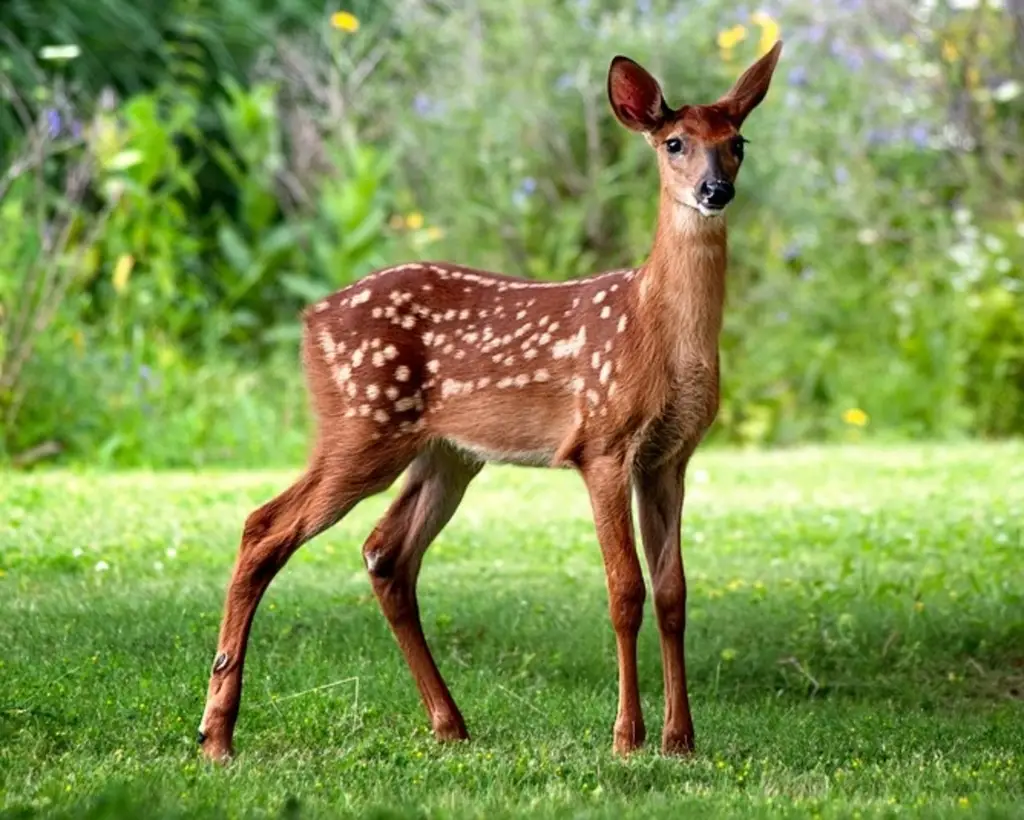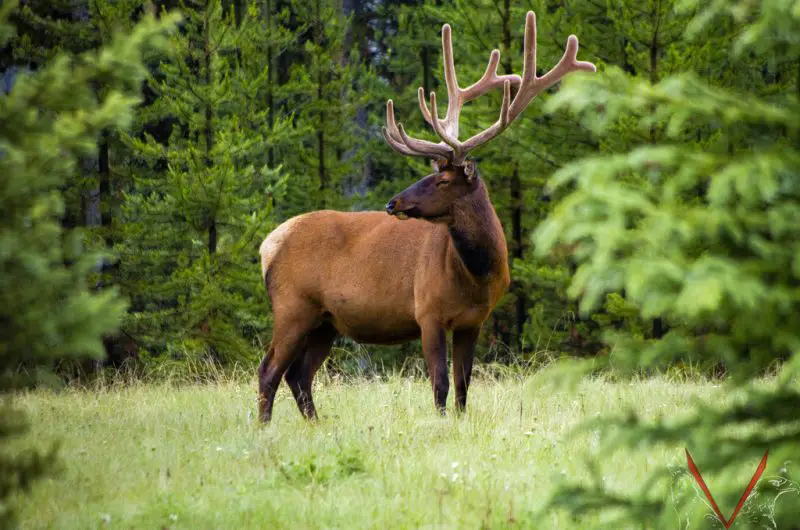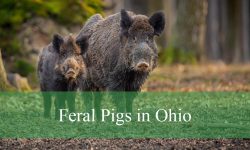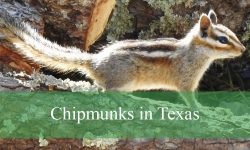Tennessee is a state rich in biodiversity, where forests, fields, rivers, and mountains create a variety of habitats for wildlife. Among the most iconic animals found here are deer, which have long captured the interest of nature lovers, hunters, and wildlife observers. Deer in Tennessee are more than just beautiful animals; they play a significant role in the ecosystem, balancing plant growth, serving as prey for predators, and shaping the landscape with their grazing habits.
Exploring the deer of Tennessee provides a window into the lives of these graceful mammals. From their behavior and identification to their feeding patterns and seasonal adaptations, each species tells a unique story. While Tennessee does not host a wide variety of deer species compared to some regions, the ones that thrive here are fascinating in their own right. Understanding them is key for conservation, appreciation, and coexistence with these creatures that often share space with humans.
This detailed guide dives into the deer of Tennessee, highlighting their species, habits, and identification features. It also uncovers fun and surprising facts that make them even more intriguing to study and observe in the wild.
White-Tailed Deer in Tennessee

Characteristics and Identification
The white-tailed deer is the most common and widespread deer species in Tennessee. Known scientifically as Odocoileus virginianus, this graceful animal is instantly recognizable by the white underside of its tail, which it raises like a flag when alarmed. Adults generally display a reddish-brown coat in the warmer months, shifting to a grayish-brown hue during winter. Males, or bucks, grow antlers each year that can reach impressive spreads, shedding them in late winter and regrowing them in spring.
Size-wise, white-tailed deer in Tennessee vary depending on habitat and food availability. Bucks typically weigh between 150 and 250 pounds, while does are smaller, averaging 90 to 150 pounds. Their slender legs and alert expressions make them easy to distinguish in forests and meadows. Keen eyesight, sharp hearing, and a strong sense of smell equip them well for detecting predators, though they rely heavily on their speed and agility for escape.
Behavior and Habitat
White-tailed deer are highly adaptable animals found in nearly every region of Tennessee. They thrive in hardwood forests, agricultural fields, brushy clearings, and even suburban neighborhoods. This adaptability has allowed them to recover from near-extirpation in the early 20th century, when overhunting and habitat loss nearly eliminated them from the state. Today, they flourish across Tennessee, often becoming a familiar sight in both rural and urban settings.
Their behavior revolves around a crepuscular lifestyle, meaning they are most active during dawn and dusk. Bucks live more solitary lives outside the breeding season, while does often form small family groups with their fawns. During the rut, or mating season, which occurs in late fall, bucks become more aggressive and may be seen sparring with rivals to establish dominance.
Feeding Habits and Fun Fact
White-tailed deer are herbivores with a diet that shifts according to the seasons. In spring and summer, they consume tender shoots, leaves, grasses, and fruits, while in autumn they switch to acorns, nuts, and agricultural crops to build fat reserves. Winter diets are more limited, often consisting of woody twigs and bark. Their selective feeding habits can significantly influence local plant communities, shaping forest growth patterns.
A fascinating fact about white-tailed deer is their incredible leaping ability. They can bound over fences more than eight feet high and run at speeds up to 35 miles per hour. This agility makes them both remarkable athletes and challenging animals for predators to catch.
Elk in Tennessee

Characteristics and Identification
While the white-tailed deer dominates Tennessee’s landscapes, elk also have a place in the state, though they are less widespread. Elk (Cervus canadensis), sometimes referred to as wapiti, are much larger than white-tailed deer and carry an impressive stature. Adult bulls can weigh between 600 and 900 pounds, with antlers stretching up to four feet above their heads. Their coats are generally light brown with a darker mane around the neck and a pale rump patch, making them easy to distinguish from other deer.
Elk have long legs, robust bodies, and a majestic bearing. Their bugling call, heard especially during the autumn rut, is one of the most distinctive wildlife sounds in Tennessee’s mountains. The combination of their size, antlers, and vocalizations makes them a thrilling sight for wildlife enthusiasts.
Behavior and Habitat
Historically, elk were native to Tennessee but were extirpated by the mid-19th century due to overhunting and habitat destruction. Restoration efforts beginning in the early 2000s successfully reintroduced elk to the Cumberland Plateau region, where they now roam freely in protected areas such as the North Cumberland Wildlife Management Area. Their return has been celebrated as a major conservation success.
Elk are herd animals, often traveling in groups led by cows (females), while bulls typically join during the breeding season. They prefer open meadows and grasslands near forests, where they can graze and also retreat to cover when needed. Seasonal migrations within their range help them find food and shelter.
Feeding Habits and Fun Fact
Elk are grazers and browsers, feeding on grasses, shrubs, tree bark, and agricultural crops. Their diet is highly seasonal, with grasses dominating in spring and summer, while woody plants become more important in winter. They can consume several pounds of vegetation daily, which reflects their enormous size and energy needs.
A fun fact about elk is their ability to communicate through a variety of sounds beyond the famous bugle. They also grunt, chirp, and bark, with each sound carrying a specific meaning in social interactions, from warning of predators to coordinating movements within the herd.
Comparison of White-Tailed Deer and Elk
Size and Appearance
When comparing white-tailed deer and elk, the most obvious difference lies in their size. Elk are substantially larger, towering over the more modestly sized deer. White-tailed bucks may weigh up to 250 pounds, while a large bull elk can exceed 800 pounds. Antlers also differ, with elk sporting massive, branched racks compared to the typically smaller but elegant antlers of white-tailed deer.
Behavior and Social Habits
Both species are herbivores and crepuscular, but elk display more pronounced herd behavior, especially outside the rut. White-tailed deer are often solitary or found in small family groups, while elk form larger herds for safety and cooperation. The sounds they make also set them apart: white-tailed deer communicate with snorts, bleats, and grunts, whereas elk are famous for their high-pitched bugles that echo across valleys during the breeding season.
Habitat and Range in Tennessee
In Tennessee, white-tailed deer are ubiquitous, found across forests, fields, and even suburbs. Elk, however, are restricted to specific areas, primarily in the Cumberland Plateau, where reintroduction programs have secured them a home. Observing elk in Tennessee requires visiting these managed habitats, while spotting a white-tailed deer is a common experience for many residents.
The Role of Deer in Tennessee’s Ecosystem
Ecological Importance
Deer in Tennessee serve as keystone species, meaning their presence strongly influences the structure of their ecosystems. By grazing on plants, they help control vegetation growth, which in turn affects the distribution of other wildlife. Acorns consumed by deer also play a role in shaping forest regeneration patterns. Predators such as coyotes and bobcats rely on young deer as a food source, linking deer populations directly to predator survival.
Human Interactions
Deer-human interactions in Tennessee are frequent, sometimes leading to challenges such as vehicle collisions and crop damage. However, they also provide economic and recreational benefits. White-tailed deer are one of the most sought-after game animals in the state, and elk viewing has become a popular wildlife tourism activity. Balancing conservation with management ensures that deer populations remain healthy without becoming overabundant.
Conservation Success Stories
The rebound of both white-tailed deer and elk in Tennessee demonstrates the success of conservation programs. Strict hunting regulations, habitat restoration, and reintroduction projects have transformed deer populations from near disappearance to thriving numbers. These efforts highlight how human intervention, when guided by science and responsibility, can repair past ecological damage.
Fun Facts About Deer in Tennessee
White-Tailed Deer Facts
One surprising fact about white-tailed deer is their ability to swim. These animals are strong swimmers and will often cross rivers or lakes to reach new feeding grounds or escape predators. Additionally, their fawns are born with white spots that serve as camouflage, blending into the dappled light of the forest floor to evade detection.
Elk Facts
Elk antlers are among the fastest-growing tissues in the animal kingdom, capable of adding an inch or more of growth per day during peak summer months. Shed antlers provide nutrients such as calcium to smaller animals like rodents, which chew on them after they fall to the ground.
Best Time and Place to See Deer in Tennessee
Seasonal Viewing Opportunities
The best time to observe white-tailed deer in Tennessee is during the early morning or late evening hours, particularly in autumn when bucks are active during the rut. Winter also provides excellent opportunities, as deer gather in more visible areas in search of food. Elk, on the other hand, are most spectacular to watch during September and October when bulls bugle and compete for mates.
Locations for Observation
White-tailed deer can be seen virtually anywhere in Tennessee, from backyards and state parks to rural roadsides. For elk viewing, the North Cumberland Wildlife Management Area and Hatfield Knob Elk Viewing Tower are prime destinations where visitors can watch herds in their natural environment. These locations provide safe and responsible ways to enjoy the sight of these majestic animals.
Conclusion
Deer in Tennessee represent both resilience and beauty, embodying the rich wildlife heritage of the state. The common white-tailed deer, with its adaptability and grace, and the reintroduced elk, with its grandeur and vocal presence, together shape the landscapes they inhabit. Observing them offers not just a glimpse into nature’s wonders but also a reminder of the importance of conservation and coexistence.
By learning about their species, habits, and identification, we gain a deeper appreciation for these remarkable animals. Tennessee’s deer remind us that even in a world of rapid change, wildlife can thrive when given space, protection, and respect.
FAQs about Deer in Tennessee
What types of deer live in Tennessee?
Tennessee is home to two main types of deer: the white-tailed deer and the reintroduced elk. The white-tailed deer is the most widespread species and can be found across the entire state, from forests and fields to suburban areas. Elk, on the other hand, were once native but disappeared in the 1800s before being successfully reintroduced to the Cumberland Plateau region.
How big do deer in Tennessee get?
White-tailed bucks in Tennessee usually weigh between 150 and 250 pounds, while does are smaller, averaging around 90 to 150 pounds. Elk are significantly larger, with bulls weighing 600 to 900 pounds and standing much taller than white-tailed deer. Their impressive antlers add even more to their size and presence in the wild.
When is the best time to see deer in Tennessee?
The best time to observe deer is during dawn and dusk, when they are most active. White-tailed deer are particularly visible in the fall during the rut, while elk are best seen in September and October, when bulls bugle and compete for mates. Winter months also provide good viewing as both species move into open areas to search for food.
Where can I see elk in Tennessee?
Elk are primarily found in the Cumberland Plateau, especially within the North Cumberland Wildlife Management Area. The Hatfield Knob Elk Viewing Tower is a popular destination for safely observing herds. Unlike white-tailed deer, elk are not spread throughout the state and are restricted to these managed areas.
What do deer eat in Tennessee?
Deer are herbivores with diets that change seasonally. White-tailed deer eat tender grasses, shoots, fruits, and acorns, while elk graze mainly on grasses but also consume shrubs and bark in winter. Both species adapt their feeding habits depending on the availability of food throughout the year.
Are there predators of deer in Tennessee?
Yes, coyotes, bobcats, and black bears are natural predators of deer, especially targeting fawns. Adult deer are less vulnerable but still rely on their speed, agility, and alert senses to escape predators. Human activity, particularly through hunting and vehicle collisions, also impacts deer populations in the state.
Are deer dangerous to humans in Tennessee?
Deer are generally not dangerous to humans and prefer to avoid contact. However, during the rut, bucks can become more aggressive and unpredictable. The biggest risks associated with deer are vehicle collisions, which can cause significant damage and injury, especially in areas with high deer populations.
Why were elk reintroduced to Tennessee?
Elk were native to Tennessee but disappeared by the mid-1800s due to overhunting and habitat loss. Conservation groups and wildlife agencies worked to bring them back in the early 2000s as part of a restoration program. Their reintroduction has been considered a success, both for biodiversity and for wildlife tourism.
Can I feed deer in Tennessee?
Feeding deer is discouraged and in some cases illegal, as it can alter their natural behaviors and increase the risk of disease transmission. Deer are well adapted to finding food in the wild, and supplemental feeding can make them overly dependent on humans or bring them closer to roads and dangers.
What’s a fun fact about deer in Tennessee?
A fun fact about white-tailed deer is that fawns are born with white spots that act as camouflage, blending into the dappled forest floor. For elk, an interesting fact is that their antlers can grow up to an inch per day during peak summer growth, making them one of the fastest-growing tissues in the animal kingdom.






